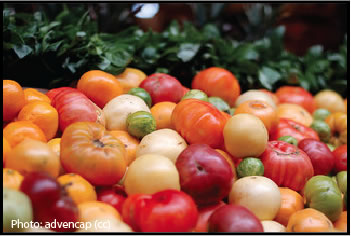Study Design
The city of Vancouver has undertaken the Greenest City Action Plan, which will implement change and policy in the city in order to achieve the status of the greenest city in the world by the year 2020. The Action Plan incorporates 10 goals which address three areas of focus: carbon, waste and ecosystems. Implementing urban agricultural initiatives is a top priority for Vancouver, as they intend to increase city wide and neighborhood food assets by a minimum of 50% from the 2010 levels. This is especially important to areas in Vancouver that experience a low level of food security, which generally tends to correspond with lower education and income levels across the city. As an avid gardner, I am particularly drawn to food systems within an urban context, and how an urban center can become more independent and sustainable in regards to agriculture.
The purpose of this GIS project is to determine suitable locations for community urban agricultural initiatives in low income neighborhoods of Vancouver, B.C. As low income neighborhoods in Vancouver have a lower level of food security than the rest of the city, this is a pertinent area of study as creating urban agricultural initiatives in these neighborhoods could possibly increase the standard of living and impact socio-economic factors in these areas.
 Community urban agricultural initiatives include, but are not limited to: community gardens, backyard gardens, edible landscapes, and bee keeping.
Community urban agricultural initiatives include, but are not limited to: community gardens, backyard gardens, edible landscapes, and bee keeping.
By conducting a multi-criterion evaluation in IDRIS, suitable locations for community agricultural initiatives can be accomplished. Variables include: Landuse zoning, parks, income of a neighborhood, street layout, and Green City initiatives that have already been proposed and implemented.
